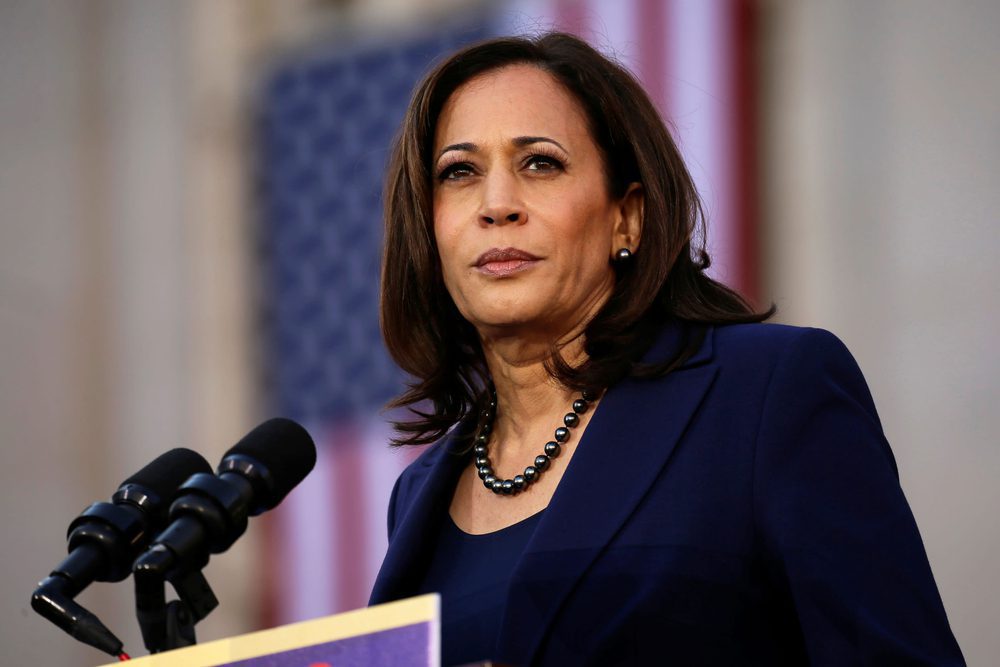Vice President Kamala Harris led the nation’s final farewell to former President Jimmy Carter at the U.S. Capitol rotunda on Jan. 7, according to The Grio. This marks more than just the passing of America’s longest-living president — it celebrated a cherished leader who transformed the landscape of public service and social progress in ways that continue to resonate today.
Breaking barriers before it was trendy
Long before diversity initiatives became standard practice, Carter demonstrated his commitment to representation by appointing unprecedented numbers of people of color and white women to federal positions. His administration shattered previous records, placing more African Americans on the federal bench between 1977 and 1981 than all previous presidents combined. This bold move opened doors that had remained firmly shut, creating opportunities that would influence generations of legal professionals.
Reshaping government for the people
Carter’s vision extended beyond appointments. By establishing the Departments of Education and Energy, he institutionalized the government’s commitment to two critical areas affecting communities nationwide. The Department of Education elevated the importance of quality public education for all children, while the Department of Energy pioneered comprehensive national energy policies that included early support for clean energy alternatives.
The quiet revolutionary
Despite facing significant challenges during his presidency, Carter’s diplomatic achievements stand as testimony to his skill in navigating complex international relations. His mediation of the peace agreement between Israel and Egypt demonstrated that seemingly impossible conflicts could be resolved through patient, persistent diplomacy.
What truly set Carter apart was his approach to post-presidential life. Rather than pursuing lucrative speaking engagements or corporate board positions, he dedicated himself to humanitarian causes. The Carter Center’s work in Africa — particularly in fighting diseases like Guinea worm — showcased his commitment to improving lives globally while empowering local communities to lead their own development initiatives.
Legacy of substance over style
Carter’s presidency and subsequent decades of service exemplified leadership focused on tangible results rather than personal glory. His commitment to affordable housing through Habitat for Humanity demonstrated that former presidents could remain actively engaged in grassroots community service. This hands-on approach to helping others established a new model for post-presidential impact.
His environmental policies were particularly forward-thinking. At a time when climate concerns weren’t mainstream, Carter installed solar panels on the White House and advocated for renewable energy. These actions — though symbolic — signaled his understanding of future challenges facing urban and rural communities alike.
The final chapter
In his last months, Carter continued to demonstrate his commitment to civic participation. At 100 years old, while battling serious illness, he participated in early voting in Georgia — a fitting final act for a man who had dedicated his life to strengthening democracy and expanding political participation. He said he wanted his final vote to go to Harris.
Vice President Kamala Harris’s tribute at the Capitol captured the essence of Carter’s impact, particularly highlighting how his administration’s groundbreaking appointments and policy initiatives created ripples of change that continue to influence American society today.
Carter’s legacy reminds us that true leadership isn’t measured by volume or visibility, but by lasting impact and unwavering principle. His life’s work — from championing human rights to fighting disease and poverty — demonstrates how dedication to service can transform communities and inspire generations. As the nation reflects on his contributions, Carter’s example of humble yet determined leadership continues to offer valuable lessons for today’s challenges.

















